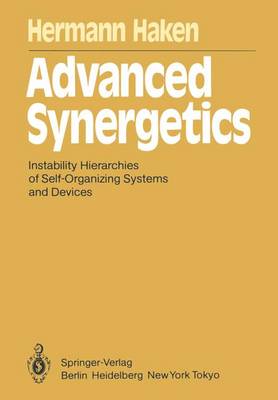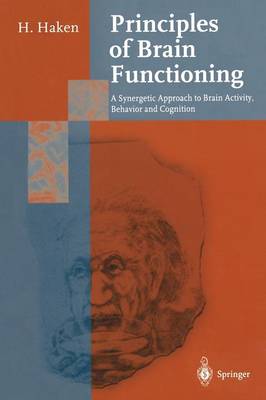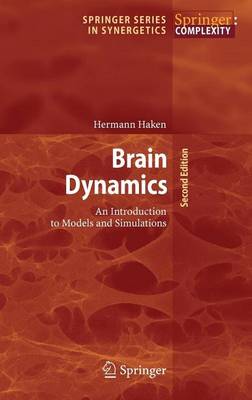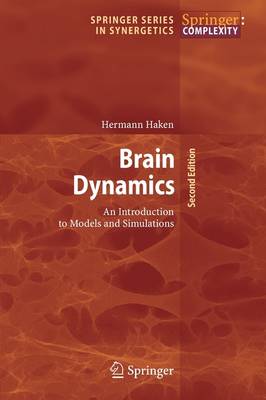Springer Series in Synergetics
4 primary works • 6 total works
Book 1
Book 20
Book 50
This book presents a novel approach to neural nets and thus offers a genuine alternative to the hitherto known neuro-computers. The new edition includes a section on transformation properties of the equations of the synergetic computer and on the invariance properties of the order parameter equations. Further additions are a new section on stereopsis and recent developments in the use of pulse-coupled neural nets for pattern recognition.
Book 67
This is an excellent introduction for graduate students and nonspecialists to the field of mathematical and computational neurosciences. The book approaches the subject via pulsed-coupled neural networks, which have at their core the lighthouse and integrate-and-fire models. These allow for highly flexible modeling of realistic synaptic activity, synchronization and spatio-temporal pattern formation. The more advanced pulse-averaged equations are discussed.





